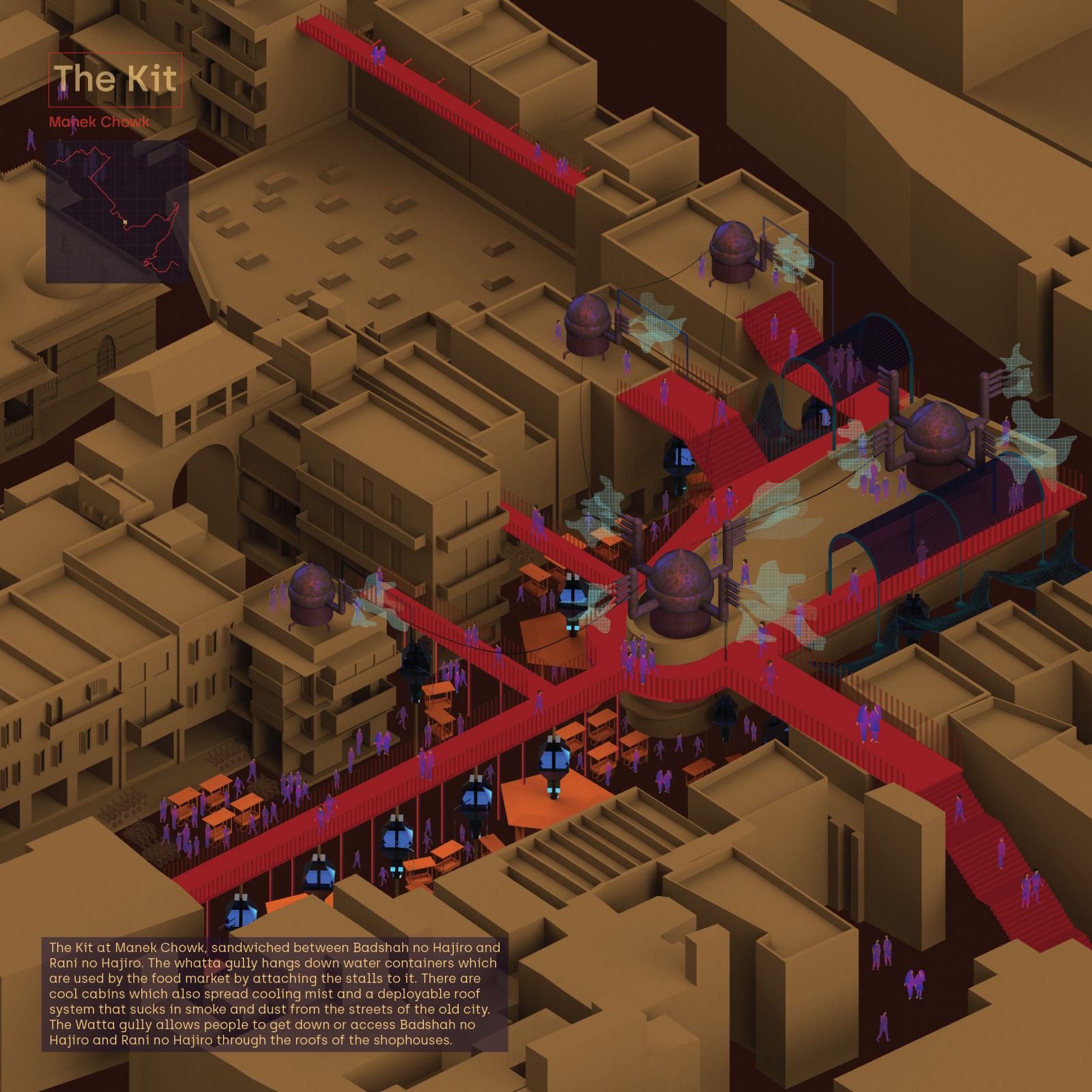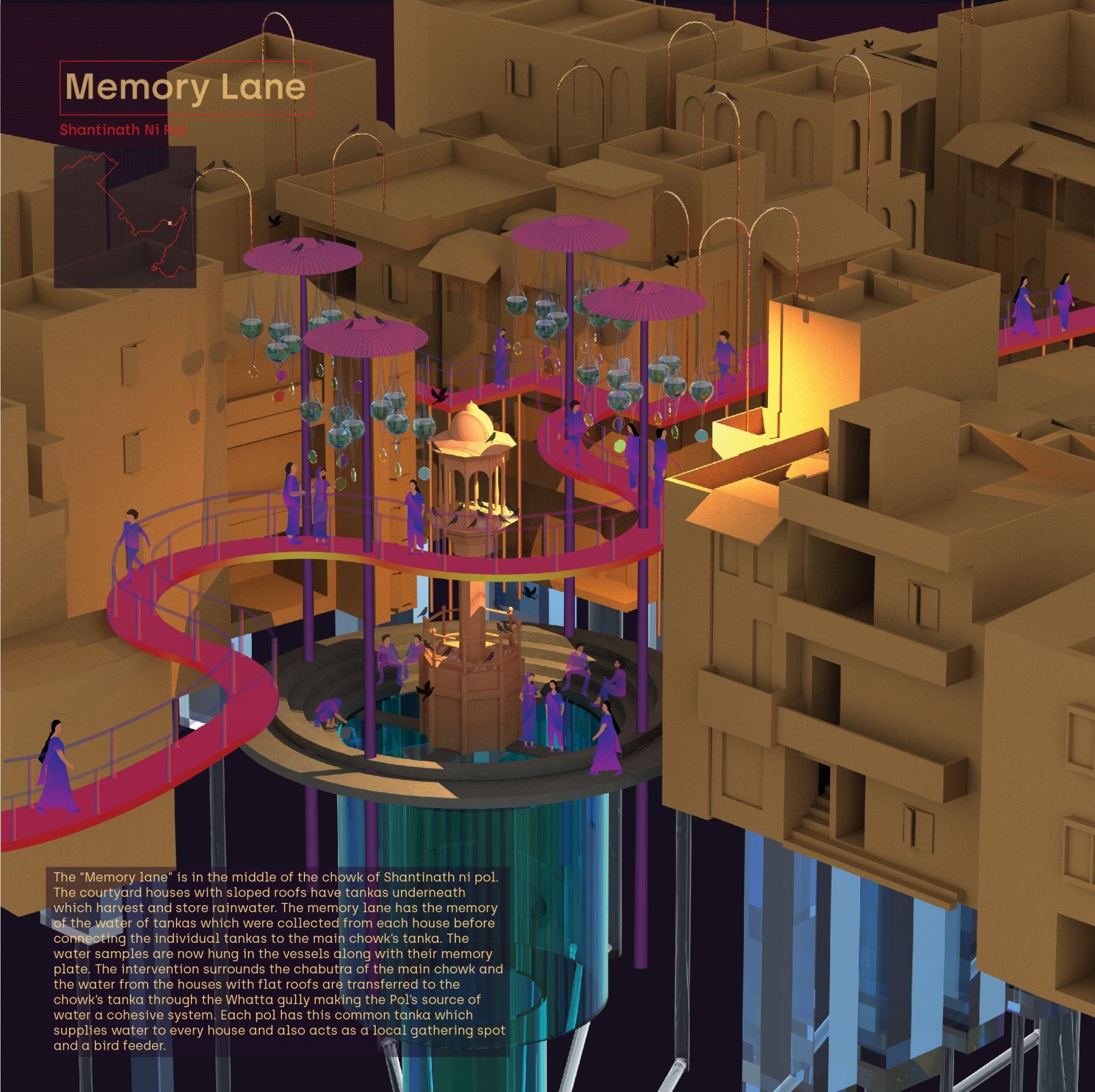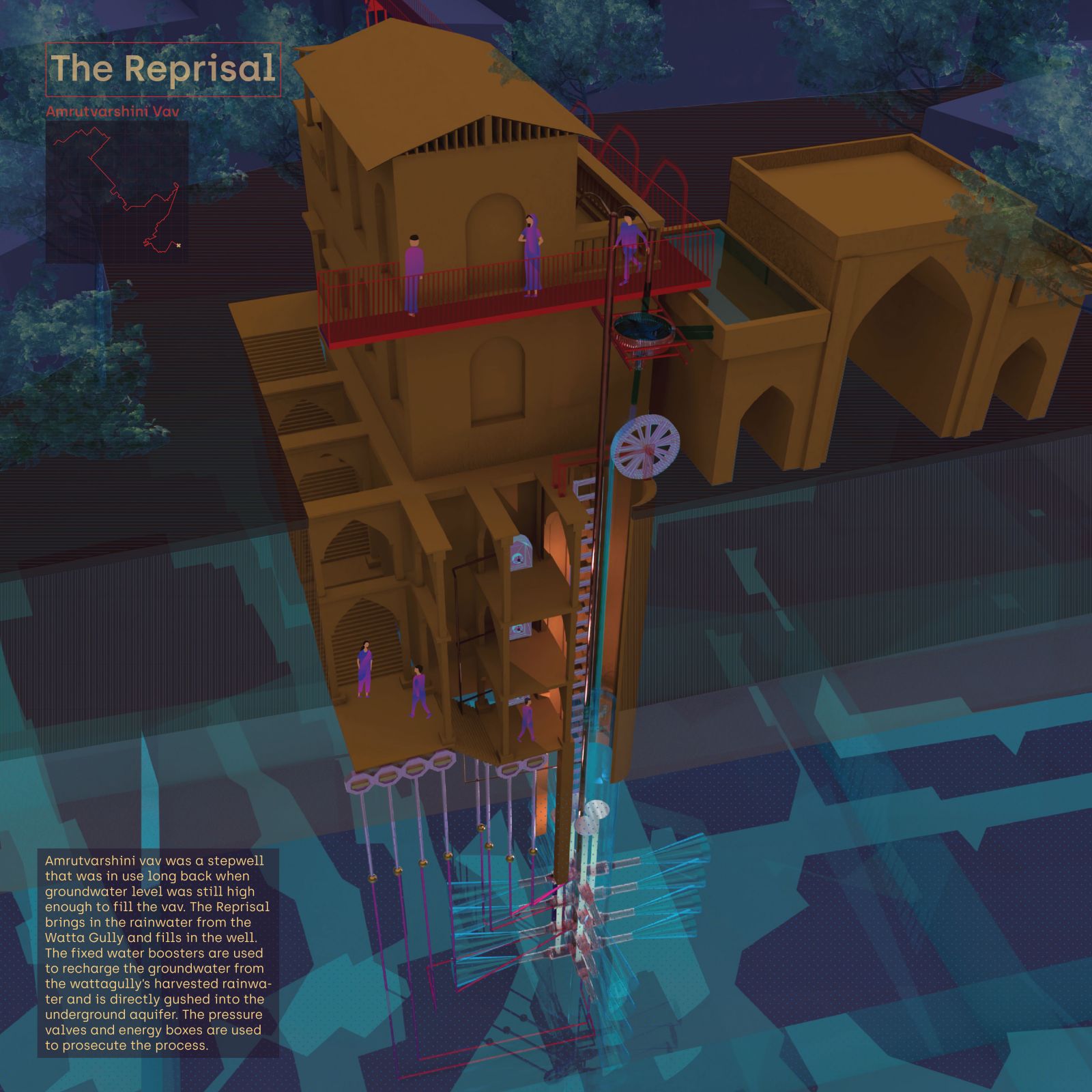Your browser is out-of-date!
For a richer surfing experience on our website, please update your browser. Update my browser now!
For a richer surfing experience on our website, please update your browser. Update my browser now!
Water is tied to the customs and traditions of life. The traditional water systems that are informed by geography and shaped by culture not only narrate stories of life around water but are also positioned to reflect our relationship with water today. From arid to semi-arid regions of the subcontinent, stepwells and tankas are two such traditional water harvesting systems found in the city of Ahmedabad. Whatta Gully is positioned at the center of these historical systems. It is a critic at our existing relationship with water and the banality of our contemporary water infrastructure systems.
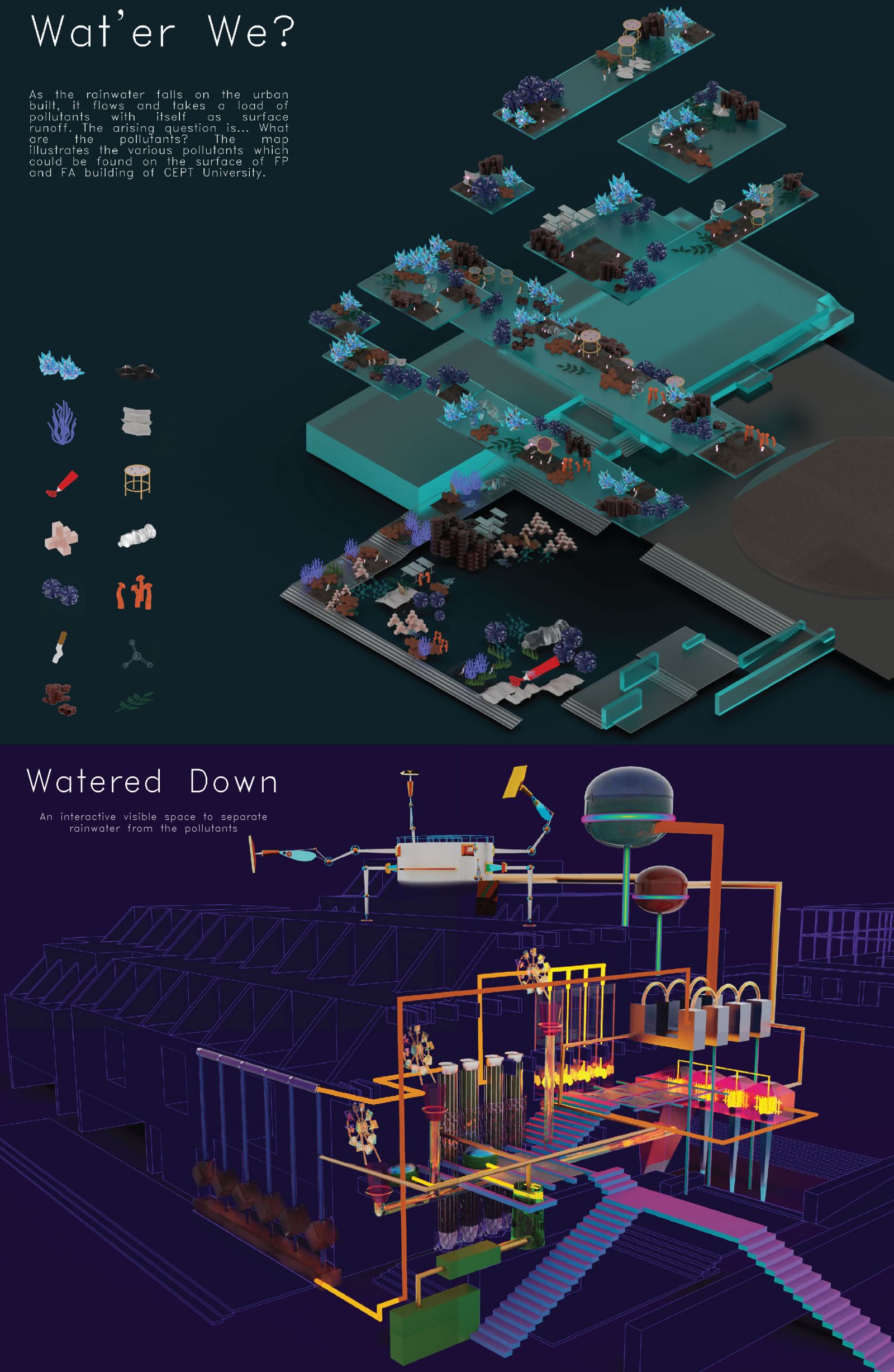
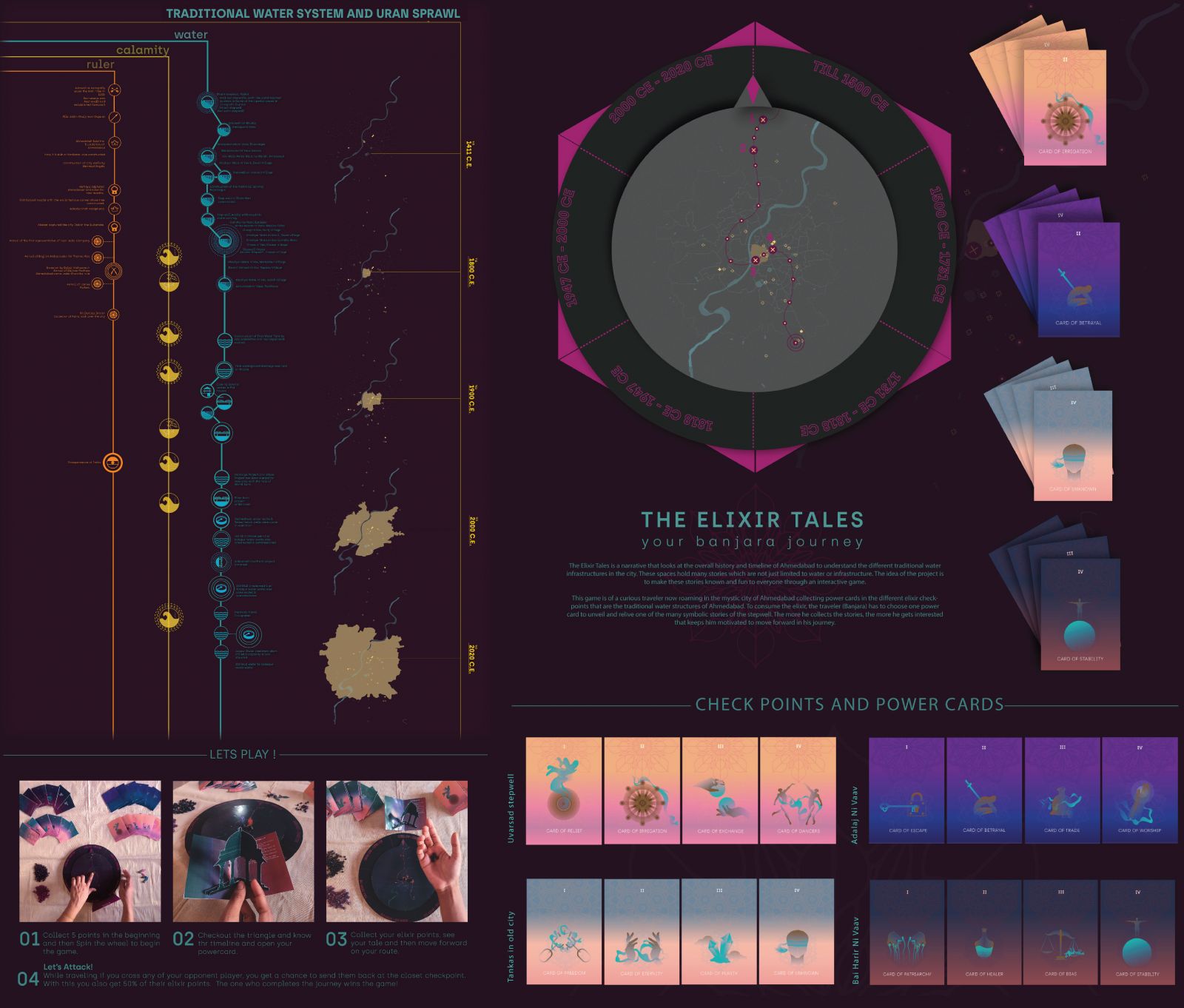
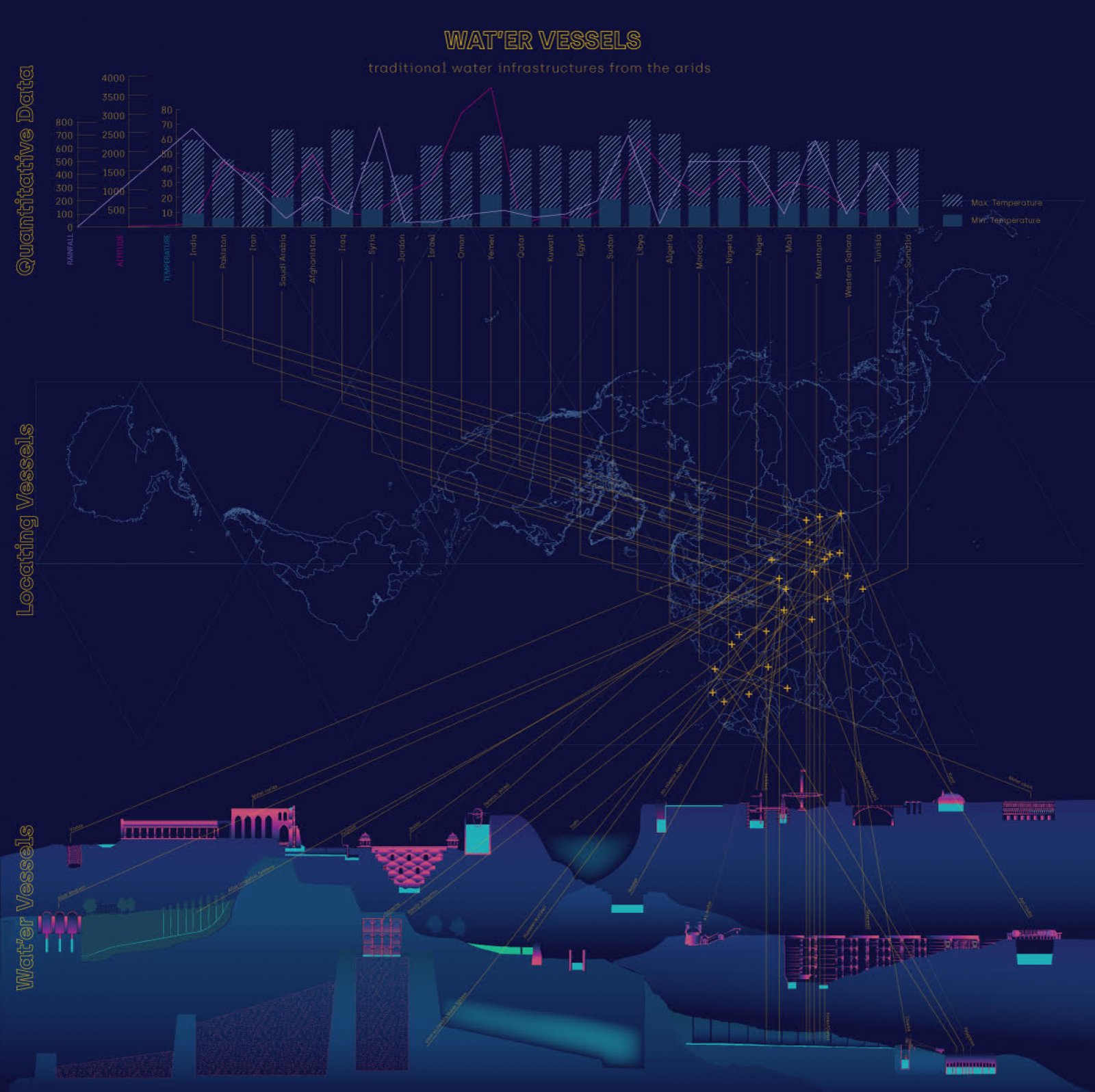
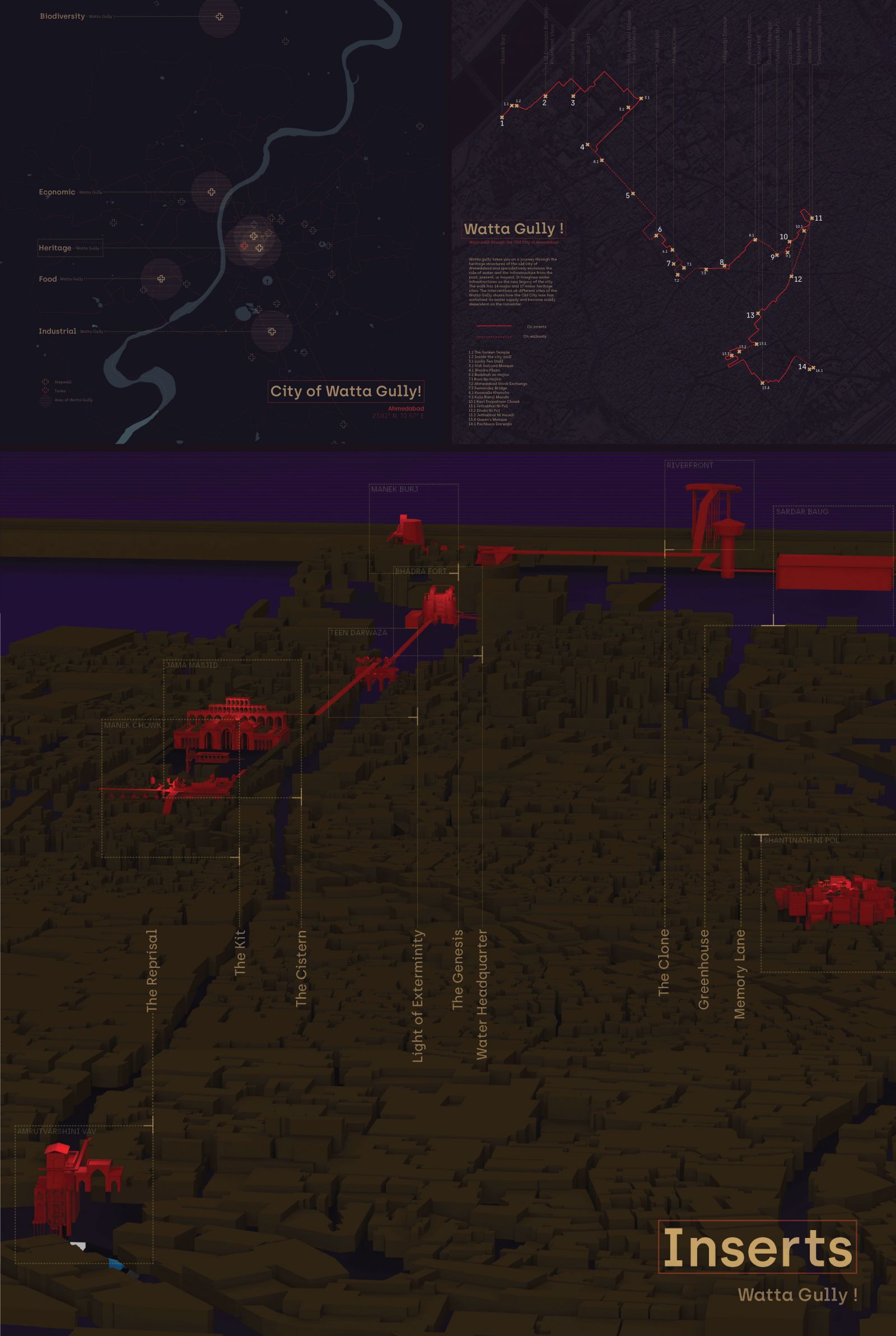
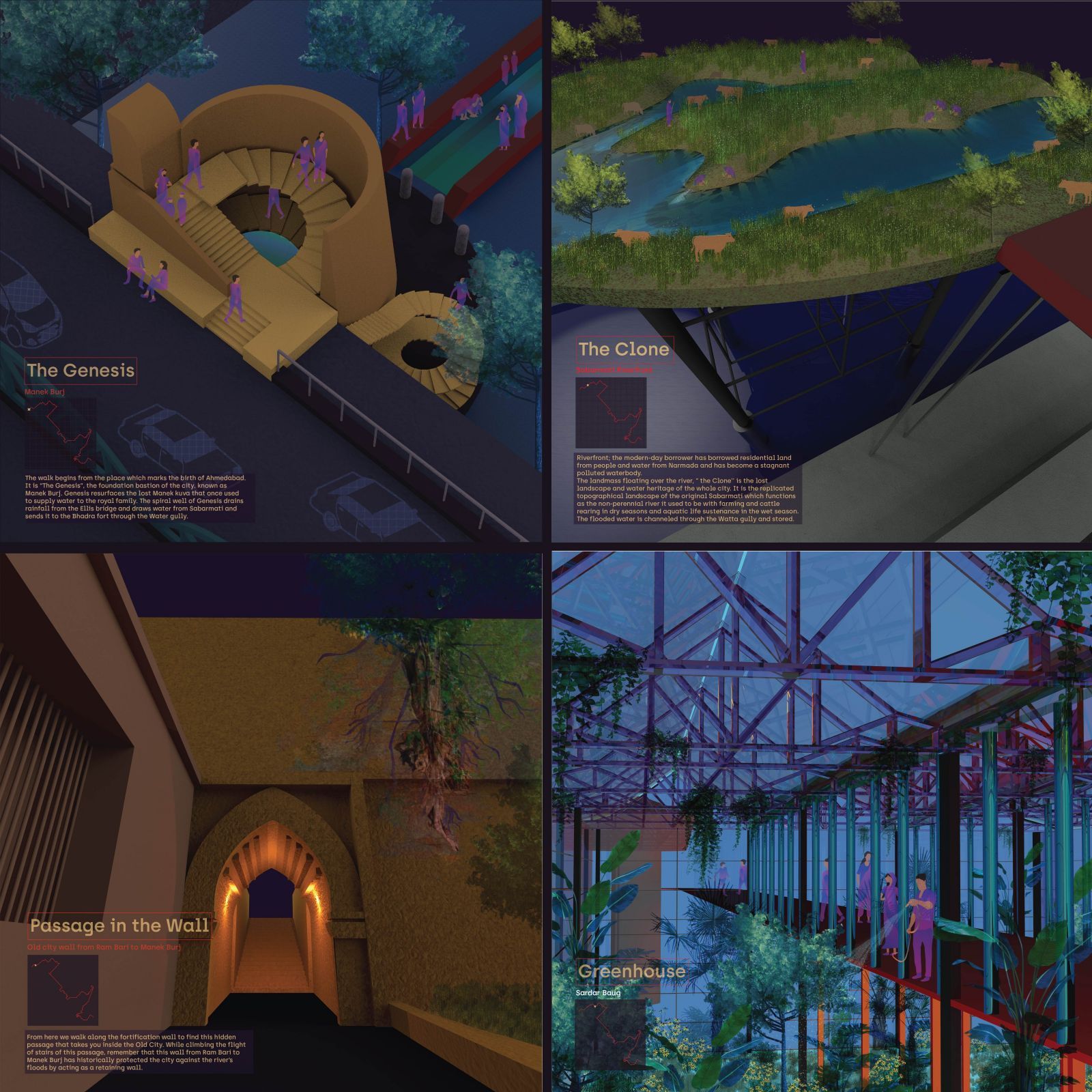
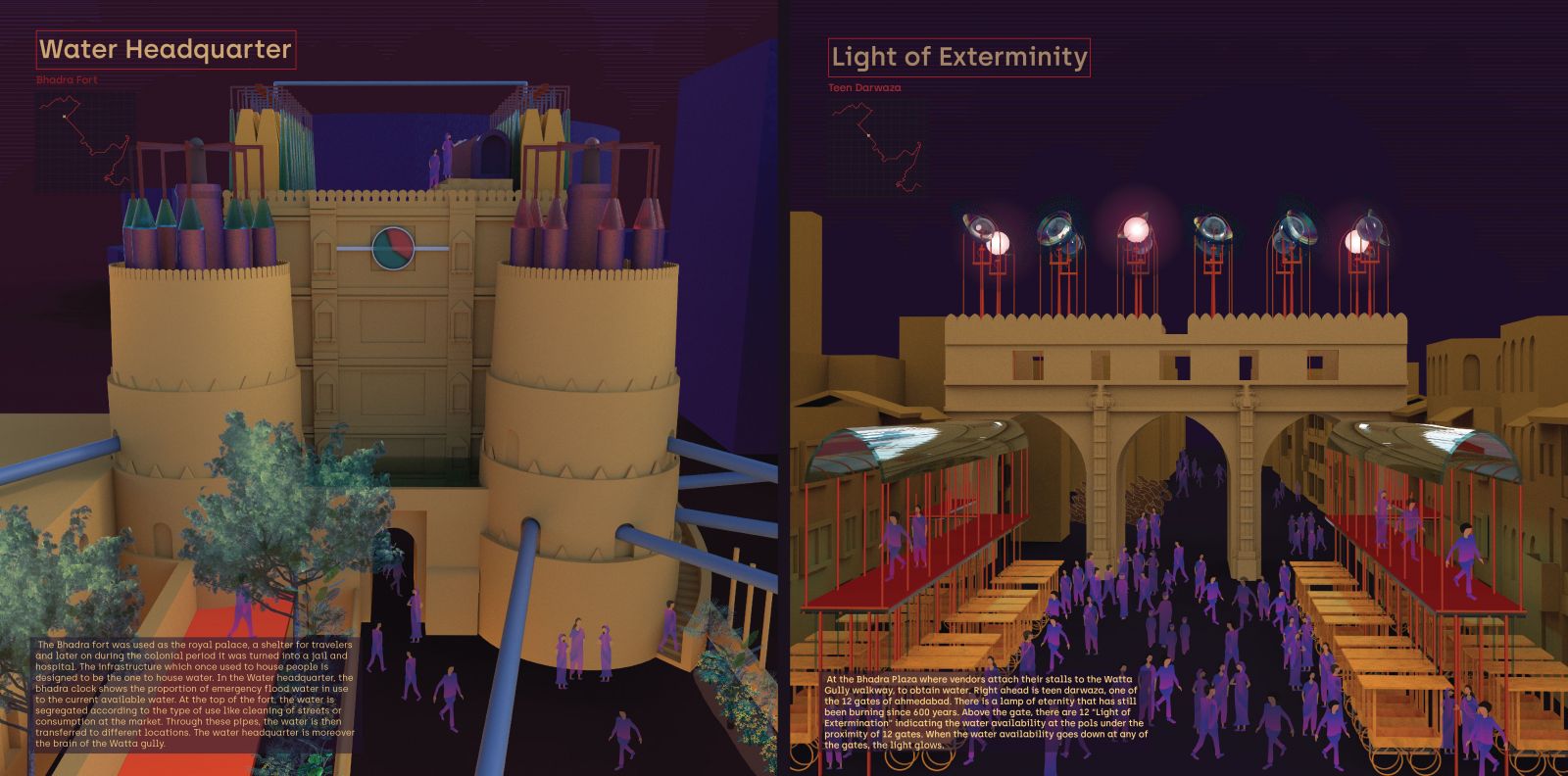
-01.jpg)
